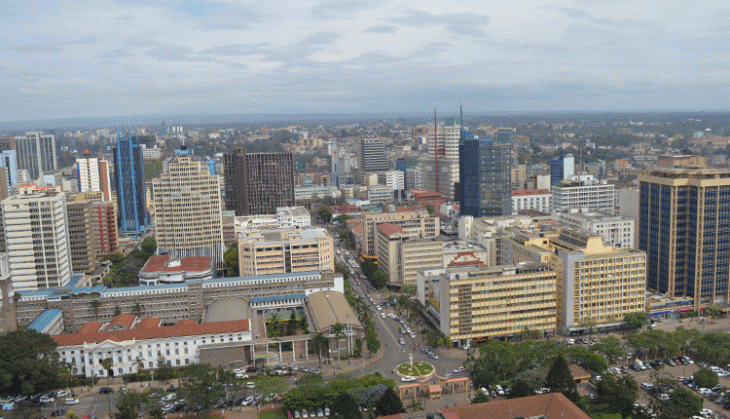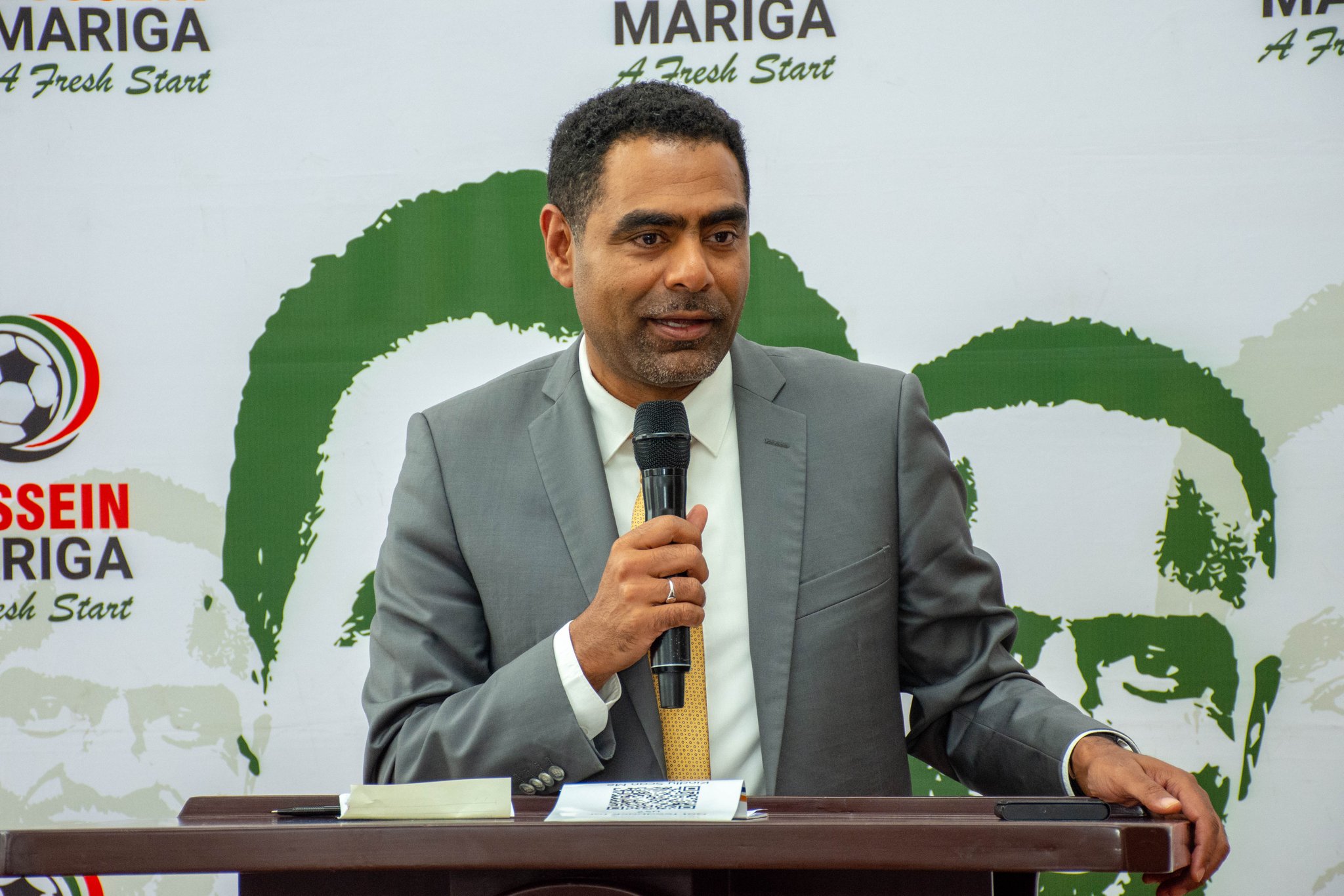New city needed to save Nairobi from collapse

Residents of Nairobi county are streaming back to the city in their thousands to continue with the struggle for survival.
It is a necessary evil as many are those who, pretentions of grandeur aside, are coming back to a life of stress.
In one of the most revolutionary moves by any government, the Egyptian Government started building a $45 billion New Administrative Capital, 45 kilometres east of Cairo. Envisaged to stretch 150 square miles and accommodate an estimated seven million people, the city was hailed as “the catalyst for an Egyptian renaissance” and “a momentous endeavour to build national spirit, foster consensus and provide for the country’s sustainable long-term growth”.
The project is a public-private partnership with a top investor from the United Arab Emirates. The authorities said they expect to take a maximum of seven years to complete the project. Egypt joined other countries who have taken such drastic action to avoid getting choked by their capitals’ problems.
In Nigeria, government also moved its centre from Lagos to Abuja after the former became totally unmanageable from crumbling infrastructure, overpopulation, gridlock and other problems arising from urbanisation.
In India, New Delhi was built next to the old Delhi capital, while in Brazil, the Government moved its business from Rio de Janeiro to Brasilia. For cities like Berlin, the move from Bonn was purely strategic after reunification of East and West Germany.
Nairobi has also reached a point of no return. Over the years, the capital city has grown steadily both in population and infrastructure. Unfortunately, much of this growth has been going on unplanned. It appears like our capital has been running on what the colonialists planned and left at independence. But this is not sustainable any more.
The city is choking from haphazard expansion. We are not even referring to the ubiquitous slums that are symbols of the city’s real status, away from the gated communities, chick pubs and eateries, superhighways and expressways.
Even rehabilitation of roads has become an impossible task as they get spoilt soon after repair from movement of heavy trucks in and out of construction sites within the city. Basically, the patched-up jobs on different infrastructural sectors only serve to bog down the city further in the mire. The sewerage network will soon implode since it can no longer contain the millions of litres of waste water being spewed out daily from the mushrooming high rise flats and offices. Waste water leakage has become a common phenomenon even in upmarket estates.
Still, the biggest challenge facing Nairobi is gridlock. Given, both the National and county governments have tried a few tactics in traffic management. But the measures are not equal to the challenge as Nairobians buy cars in the thousands every year. And we are not even talk about the matatu madness yet, which we all seem to have accepted as a normal way of our daily lives. Ultimately, we have no choice but to do something so drastic like the Egyptians and Nigerians. One option is to have a whole new city in one of the expansive outskirts like Mavoko, Narok or Kajiado counties, and move the seat of the National government away from the overcrowded city.
The second option is to move the core of government business to areas where they can directly serve the beneficiaries. There is no reason, for example, that tourism cannot be headquartered in Mombasa, and Agriculture in the Rift Valley food basket. Ultimately, though, we must make counties work in order to stem migration to the city by the restless youth searching for ever decreasing job opportunities.
—The writer is a PhD student in International Relations











